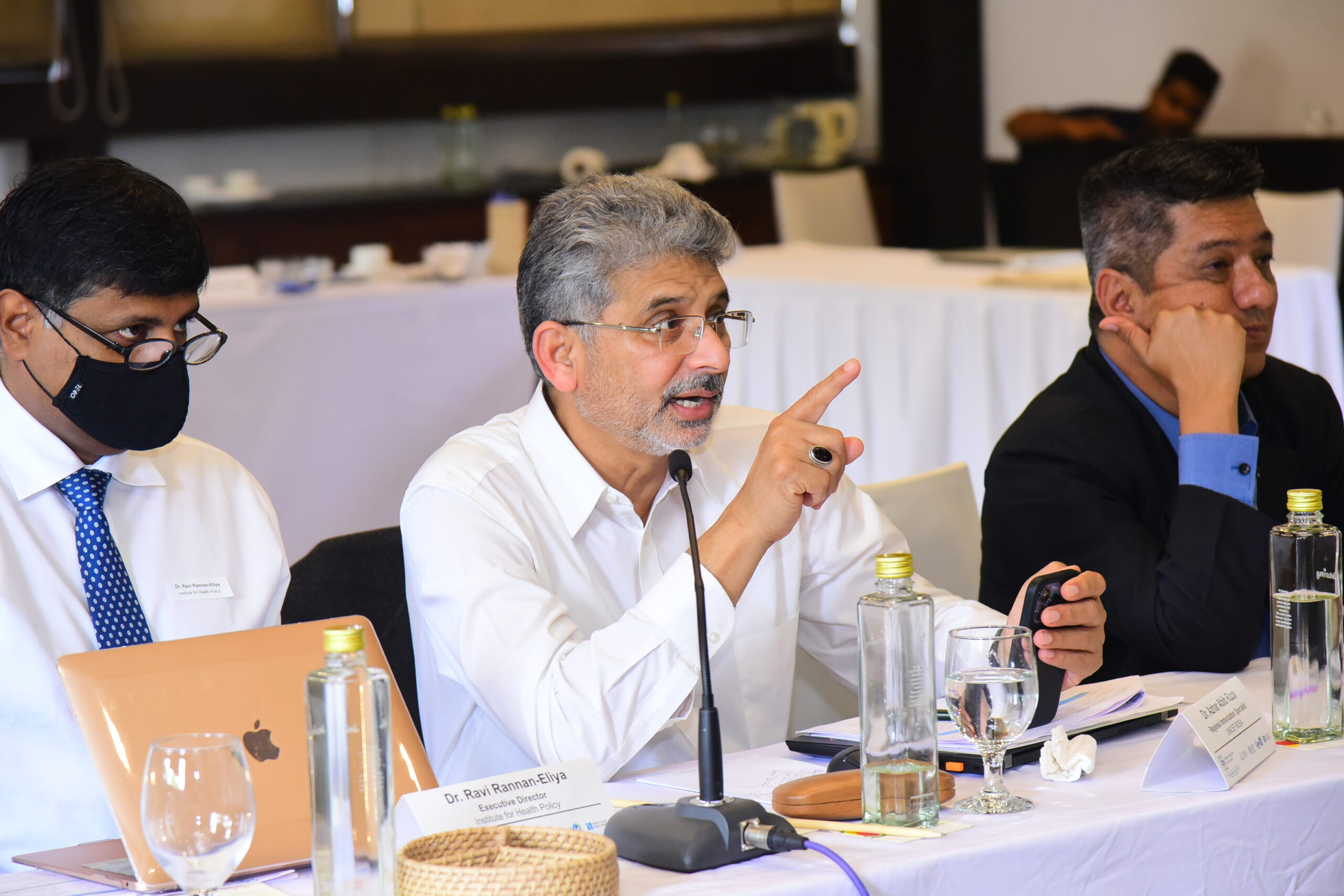Learning country experiences and strategies to improve the motivation and performance of health workers.
… Read More
Our resource library is a searchable collection of documents, tools, and resources on achieving sustainable and equitable immunisation programmes. You can filter the resources by topic, type, or country.

Learning country experiences and strategies to improve the motivation and performance of health workers.
… Read MoreExamining the economic costs of treating rotavirus illness.
… Read MoreExploring innovative approaches to identifying and reaching zero-dose children and missed communities.
… Read MoreLearning about the vaccine development, financing, and distribution landscape.
… Read MoreUnderstanding learning and performance management approaches to improve health worker performance.
… Read MoreLearning how Burkina Faso used an integrated approach to increase the number of individuals who received their second COVID-19 dose,
… Read MoreExamining recommendations for a medical countermeasures delivery support mechanism based on lessons learnt from the COVID-19 vaccine delivery support mode.
… Read MoreUnderstanding the steps needed to make sure that no child is left behind with routine vaccines.
… Read MoreEstimated readtime: 4 min
Linked recently had the opportunity to sit down with Gayane Sahakyan,
… Read MoreExploring resources focused on vaccine and immunisation decision-making.
… Read More